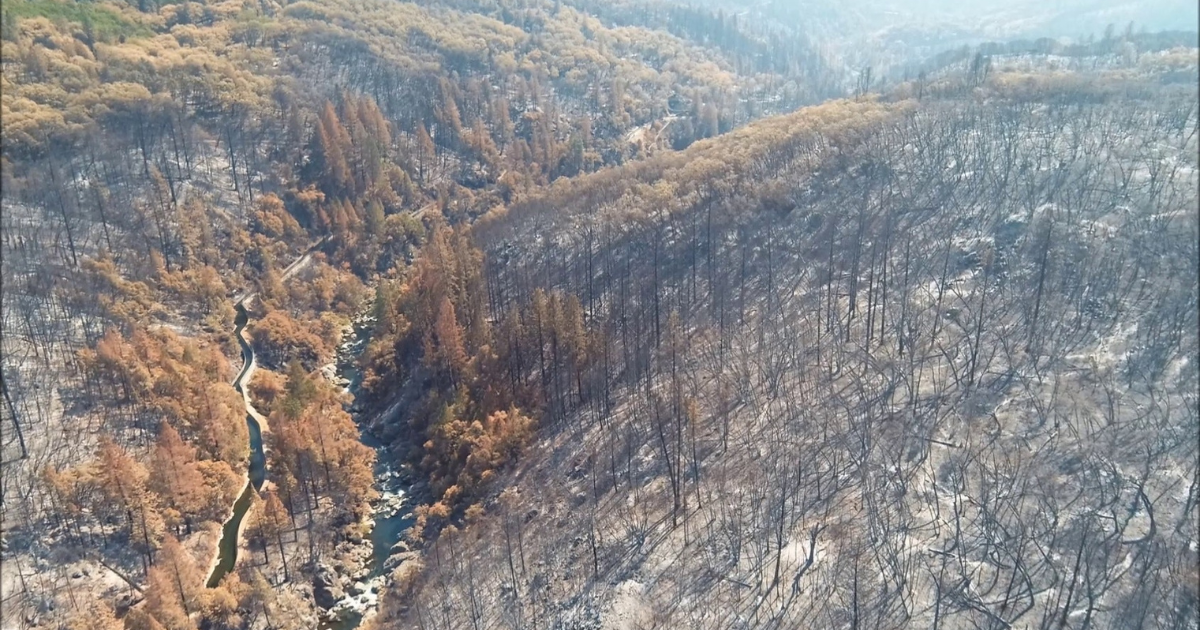Plan for Water: Risk Analysis

Have you heard about the unprecedented water restrictions in effect in Southern California due to the drought? Existential concerns like droughts are precisely why NID needs to consider our local and regionalrisks and embed daily and annual efforts to mitigation against them. During Stage Four of NID's Plan for Water, we cover risk analysis and mitigation. The identified risks are grouped into three categories - operational, regulatory, and environmental.
We aim to develop a shared awareness and understanding of our actions and activities regarding these ongoing risk factors and other considerations. Hopefully, we can generate a water-use consciousness that ensures enough water for everyone, even as our communities grow.
Operational Considerations
As you look at the Nevada Irrigation Districts' business and operations risks for our future, they include aging infrastructure, on-the-job injuries and accidents, and security. Right now, our biggest threats include:
- Catastrophic wildfire threats to source watersheds
- 10,000/month attempted cyber security threats received
- Theft and vandalism at our facilities
Safely supplying water across our region is a big job. Any facility, including infrastructure, property, equipment, or service adversely affected during a hazard event, may severely impact public health and safety. It can also interrupt essential services and operations for the community.
It's important to know the risks. Emergency Action and Response Plans allow us to prepare for potential disasters, whether an earthquake or the spill of hazardous materials into water, and have mitigation plans at the ready. Then we can swiftly act, saving as much of our water supply as possible.
Between our fleet of vehicles (heavy equipment, snowmobiles, boats, etc.), our six water plants, seven powerhouses, and numerous facilities and forms of transporting water, there are a lot of risks to manage daily.
These risks are precisely why it's essential to train our employees. But even with trained employees, risks are unavoidable. Some risks, such as on-the-job injuries and accidents require staff to be alert and knowledgeable about their surroundings. We can train our employees on how to avoid respond to adverse situations; it is one of the many mitigation factors we must consider as we plan for the future.
Regulatory Considerations
NID's most significant regulatory risks include decisions or initiatives at the Federal Energy Regulatory Commission. These decisions and initiatives affect issues regarding water reliability, power revenue, security initiatives, dam safety, the environment, compliance, and re-licensing.
Other regulatory risks impacting future water considerations include water rights and use. These include:
- CA Emergency Declarations
- Water Curtailments
- Unimpaired Flow and/or Voluntary Agreements
- License Renewals and Permit Processes
- Opportunities to address environmental concerns
- 401 Certification(s)
- Federal / State Agencies / NGOs
Environmental Considerations
There is no doubt one of our most significant risks, as we plan for the future, is climate change. The challenges we face in this regard increase with each warming year.
Climate Change
The warming weather means less snow. Less snow means less water. The reduced snowpack will increase our occurrences of drought and reduce water availability not only across our jurisdiction but ALL of California. Sierra Nevada is the headwaters, providing 60% of the water supply for the entire state.
Climate change will also exacerbate other hazards, such as drought, extreme heat, etc.
Catastrophic Wildfires
Catastrophic wildfires like those we've been experiencing the last few years will only worsen with climate change. These wildfires pose a risk to our homes and threaten our watersheds and water supply throughout the Sierra Nevada.
In 2021, just in Northern California alone, there were 3,621 human-caused wildfires. Then there are the poor conditions of our forests. There are 129 million dead trees on 8.9 million acres. That's 85% in the Sierra Nevada. So when you combine those issues with climate changes, our wildfires become more destructive and difficult to contain.
And what was once considered a seasonal challenge, wildfires are now occurring year-round.
Avalanches and Landslides
So, climate change brings about more wildfires. More wildfires can cause more avalanches and landslides in remote sections of our regional water conveyance infrastructure.
The Nevada Irrigation District has critical water supply facilities in the high alpine watershed that supply most of the District's annual water needs. These facilities are located in remote, steep terrain subject to avalanches during heavy winters. The primary danger of an avalanche is the potential for blockage of canals and damage to the many elevated flumes. Flumes are relied upon for bringing water down the mountain and into our communities, so damage can be catastrophic.
Plan for Water
Of course, another risk we face as we look to the future is ensuring our revenue covers all our expenses. It's why it's so important to plan ahead and make sure we're covered. In our Plan for Water workshops, we're asking for public support to help us increase our understanding of water resource challenges and the community's long-term plans and priorities.
